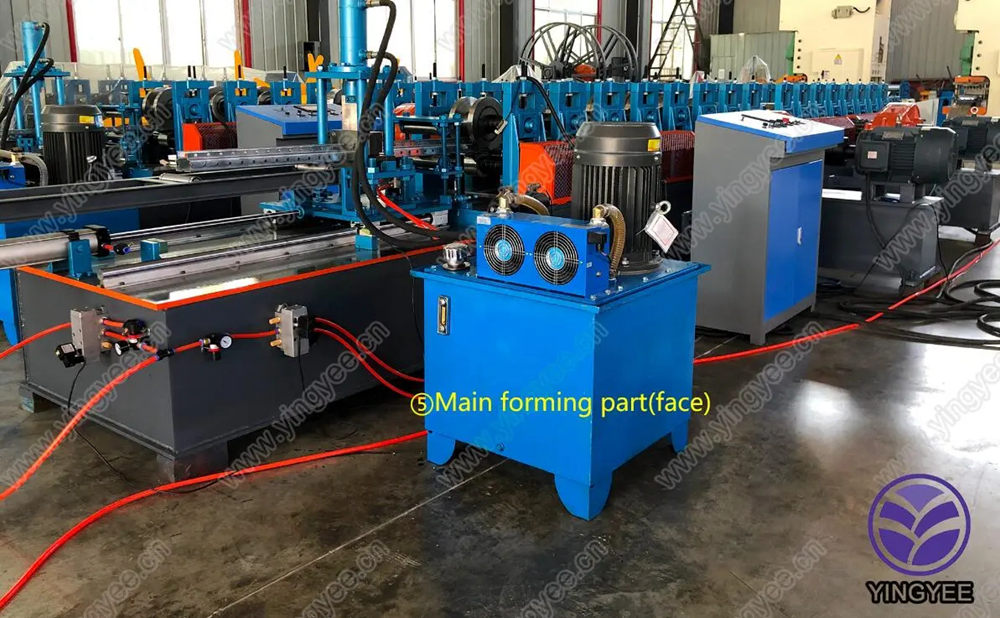
The Roll Forming Process An Overview of Roll Formers
Roll forming is a highly efficient method used in the manufacturing industry to create long lengths of metal profiles with uniform cross-sections. This process involves passing a continuous strip of metal through a series of roller dies, which shape the material into the desired profile. Among the various tools used in this process, the roll former stands out as a crucial machine that specializes in transforming raw metal into finished products across various industries.
Understanding the Roll Former
At its core, a roll former consists of several pairs of rollers that progressively shape the metal strip into a specific cross-sectional profile
. The process begins with a coil of metal (commonly steel or aluminum) being fed into the machine, where it is unwound and directed through multiple sets of roller stations. Each set of rollers makes incremental changes to the shape of the metal until the final profile is achieved.The roll forming process is particularly valued for its ability to produce high-strength materials while maintaining a tight tolerance on dimensions. The machine can be designed for various profiles, ranging from simple shapes like angles and channels to complex geometries used in building panels, roofing, and automotive components.
Benefits of Using Roll Formers
One of the most significant advantages of roll forming is its efficiency. Since the process can produce long lengths of material without interruption, it significantly reduces production time compared to traditional stamping methods. Furthermore, the roll forming process minimizes material waste, as the continuous strip can be finely controlled to create near-net shapes, leading to reduced secondary machining operations.

The versatility of roll formers allows them to be customized for specific applications. Manufacturers can tailor the design of the rollers and the sensors in the machine to produce a wide range of profiles and materials. This flexibility not only caters to different market needs but also allows manufacturers to quickly switch between production runs, thereby optimizing their operations.
Applications of Roll Forming
Roll forming is widely used across various industries due to its adaptability. In the construction sector, roll formed products are commonly used for metal roofing, wall panels, and structural components. These products are favored for their durability, lightweight nature, and energy efficiency.
In the automotive industry, roll forming is employed to create parts such as frames and reinforcements. Because these components often need to meet rigorous safety and performance standards, the precision offered by roll forming becomes crucial. Additionally, roll formed products can be designed to reduce weight while maintaining strength, which is essential for modern automotive engineering.
Other notable applications include the production of electrical enclosures, furniture components, and custom profiles for unique architectural designs. As industries continue to evolve, the roll forming process adapts to meet new challenges, including the integration of advanced technologies such as automation and IoT for improved efficiency and precision.
Conclusion
In summary, roll formers play an integral role in the manufacturing process, offering a blend of efficiency, precision, and versatility. As industries lean towards sustainable and cost-effective production methods, the significance of roll forming is likely to grow. With ongoing technological advancements, the future of roll forming appears promising, paving the way for innovative applications that enhance product quality and performance across various sectors. As businesses continue to seek competitive advantages, embracing the roll forming process may well be a key strategy for success in the modern manufacturing landscape.